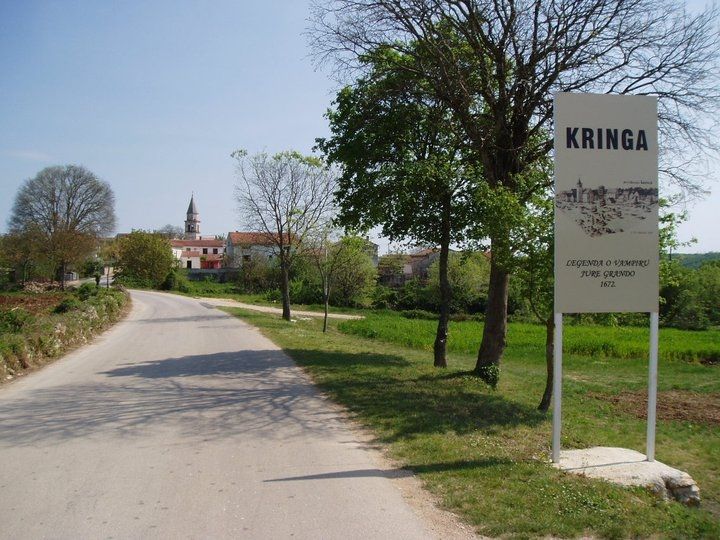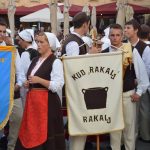Did you know the first documented vampire in Europe happened to live – sorry, exist – in Istria?
The most famous vampire in the history of popular culture surely must be count Dracula. Created by Bram Stoker in 1897 and loosely based on the notorious Romanian tyrant Vlad the Impaler, Dracula opened the door to a new genre which produced other similar characters that had the readers transfixed in the following century. The key figure to come to life – or, given the case, rise from the dead – in the 20th century was probably vampire Lestat, created by Anne Rice in her 1976 novel Interview with a vampire that led to a cult film adaptation in the 90s. Us millennials were a bit less lucky, having only been ‘gifted’ with the Twilight saga in the early 00s. Whether you’re a fan or not, the matter at hand continues to grab the attention of book and film lovers worldwide.
However, have you ever heard Croatia was the birthplace of the oldest documented European vampire? Of course, we’re not talking facts here but a rather mythical domain instead, one of many Istrian legends that isn’t that well known outside the region itself. Let’s take a closer look at the story, first put in writing by Carniolan historian Johann Weichard von Valvasor. In case you’re not that much into vampires and are skeptical of legends in general, feel free to make a mental ‘allegedly’ note at the beginning of every sentence – don’t spoil the fun for the rest of us:
In 1656, in a small Istrian village of Kringa, a local resident named Jure Grando passed away and was buried at a local cemetery. Not long after, the deceased started making regular appearances in the village, instigating fear among the residents who have spotted him wandering around or knocking on house doors on many occasion. What might have been a case of local gossip turned into a mysterious supernatural occurrence after the locals realised that people started passing away days after being paid a visit by the undead Grando. If he knocked on your door, you had good reason to panic, and the situation escalated to the point where Grando’s widow confessed in the local mayor Miho Radetić, stating her departed husband was often visiting her at night, subjecting her to torture and rape.

Grando went on to harass the villagers for sixteen more years before they finally decided they’ve had enough of the štrigon – a local term used to refer to vampires and closely related to its female counterpart štriga, a witch. So, on one night in 1672, Radetić led a ‘group of courageous people’ to the local cemetery with an intent to dig out Grando’s body and pierce him with a wooden stake to end the era of terror. Nine brave villagers, armed with torches and a crucifix, arrived at the grave, opened the casket and faced the intact, smiling corpse. Naturally, the frightened villagers were quick to change their mind and fled in terror, but prefect Miho, determined in his intent to resolve the problem once and for all, persuaded them to return to the site.
A local priest stood over the open grave, held out the crucifix and spoke: ‘Look, štrigon, and witness Jesus Christ who delivered us from evil and died for us. And yet, you, štrigon, cannot be at peace’. He went on to cite exorcist prayers until the body started to shed tears, which was when they tried to pierce his abdomen with a stake – in vain, because the sharpened wooden stick kept bouncing off the hardened corpse. In the end, a local named Stipan Milašić swung his axe and beheaded the body, causing Grando to let out a scream, blood gushing out of his neck and filling the entire grave. The men were quick to seal the grave and leave, finally bringing some peace to Kringa where Grando’s ghost was never seen again.
The legend lived on for centuries. Even nowadays, some of the oldest living residents of Kringa still recall being told scary stories about Grando in their youth. It wasn’t the most delightful of topics until vampires became a prominent subject in popular culture, especially in the last decade or two – so the people of Kringa decided to purposefully resurrect its most famous resident. Not literally, of course, but as a part of their local lore: these days, Kringa houses a vampire museum and hosts themed book festivals, attracting a large number of visitors curious to learn more about the colourful local history.
Find out more about the notorious Istrian in the video below (voiceover in Croatian):
https://www.youtube.com/watch?v=8kCmJu3W3lc
Source: Istrapedia











